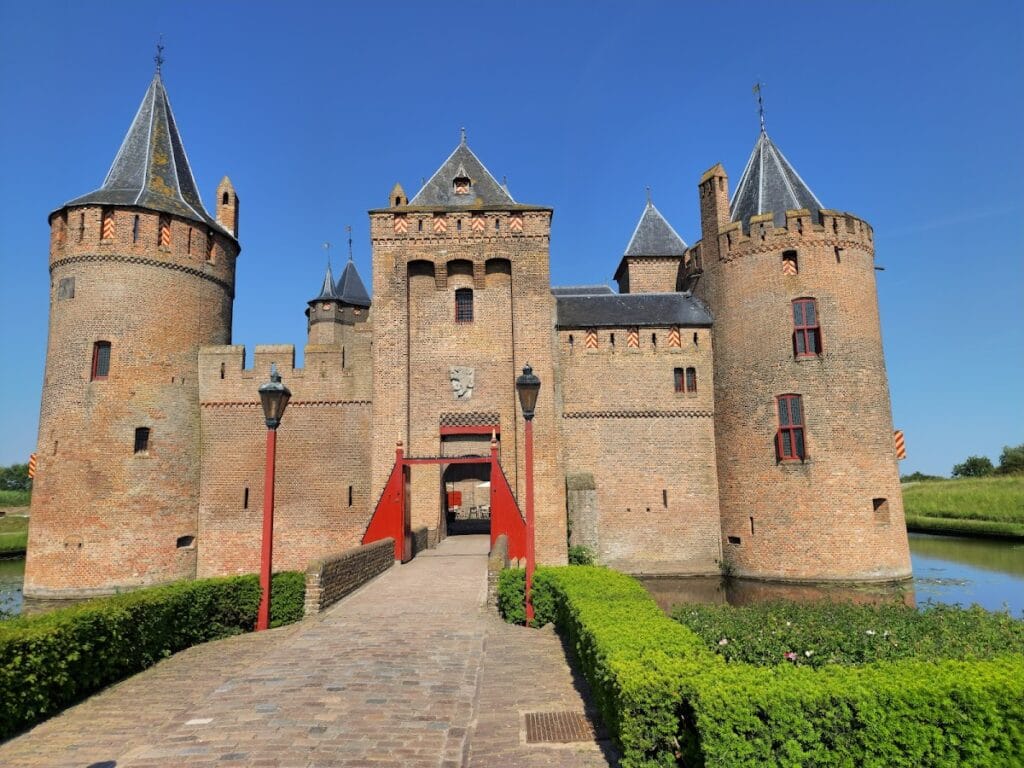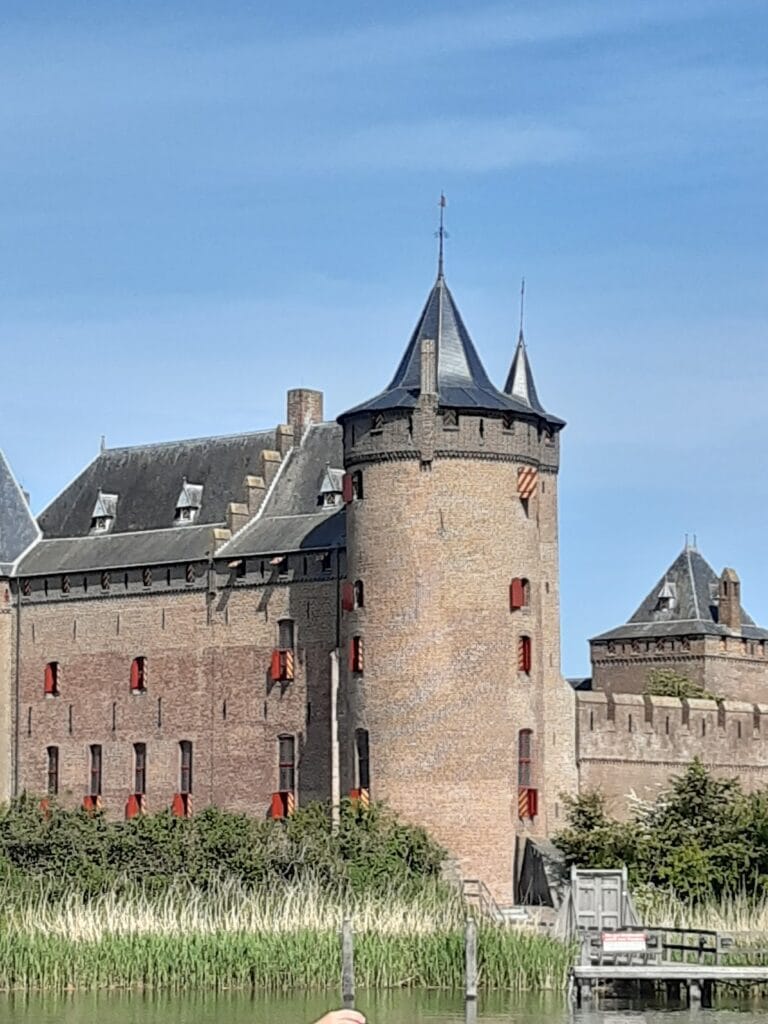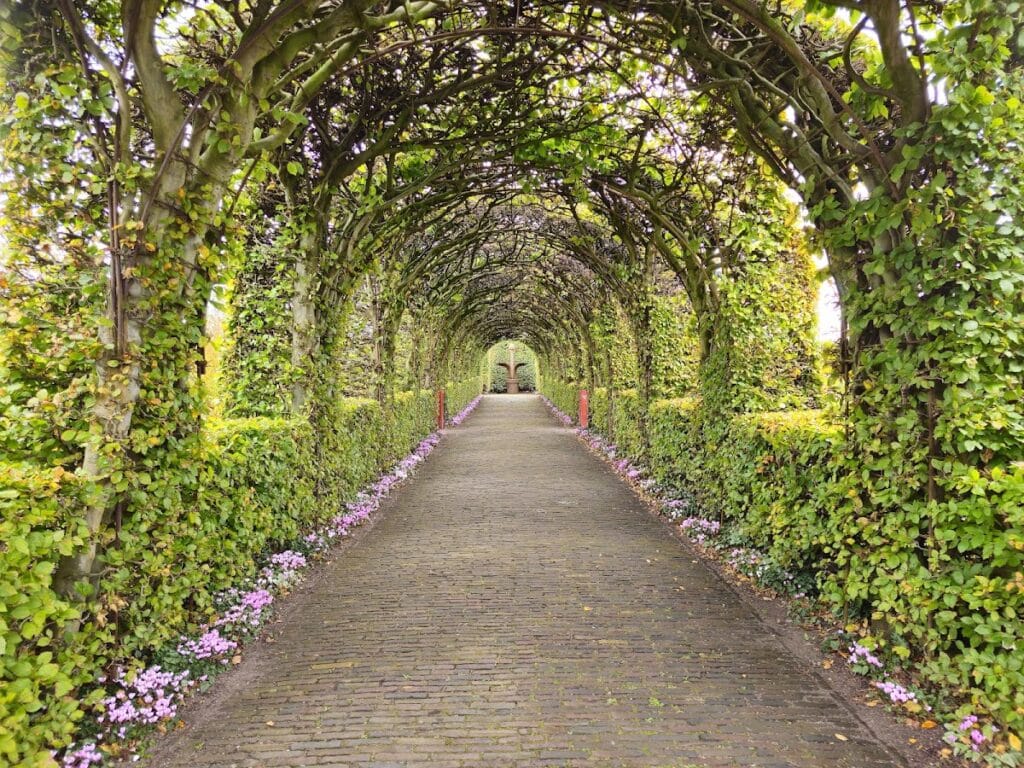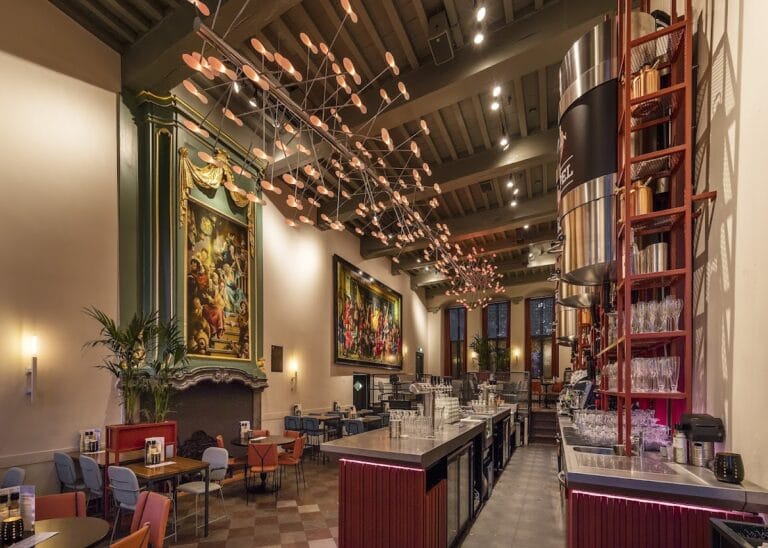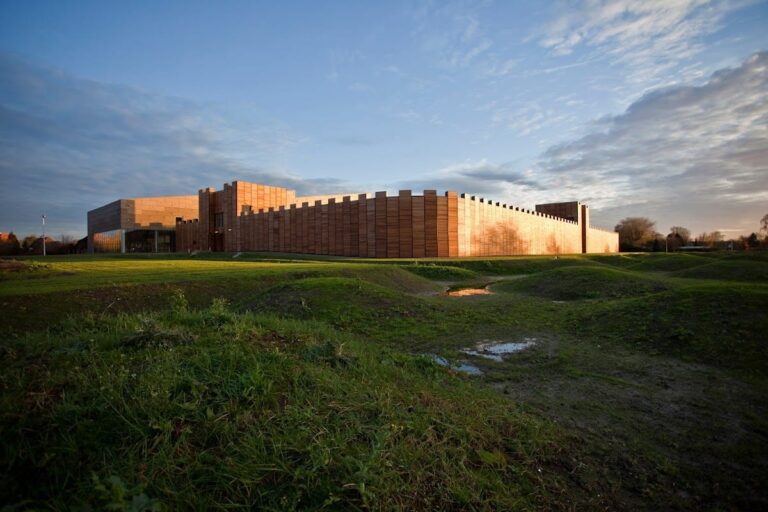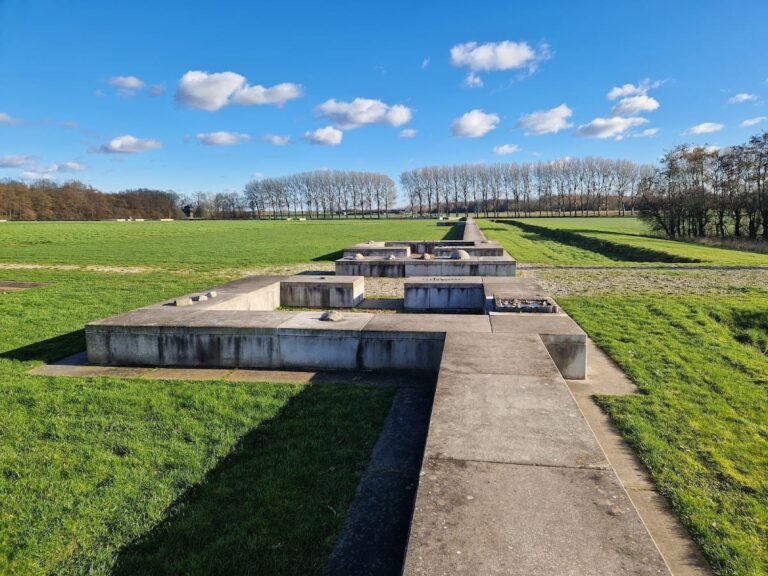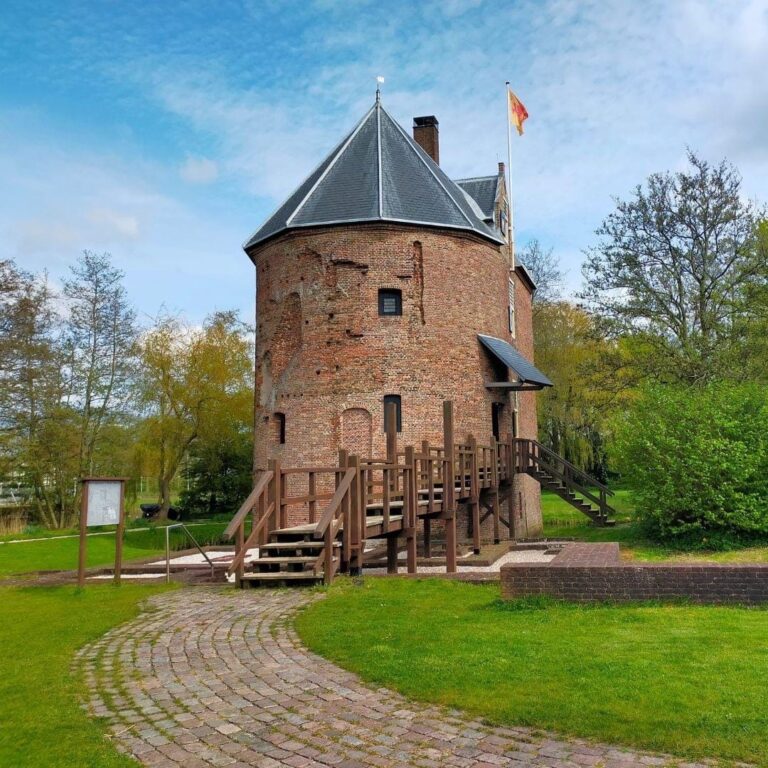Muiden Castle: A Historic Fortress in North Holland, Netherlands
Visitor Information
Google Rating: 4.5
Popularity: Medium
Google Maps: View on Google Maps
Official Website: www.muiderslot.nl
Country: Netherlands
Civilization: Medieval European
Remains: Military
History
Muiden Castle is located in the town of Muiden, in the province of North Holland, Netherlands. It was built near the mouth of the Vecht River, controlling access to the Zuiderzee, a large inland sea now known as the IJmeer. The castle was constructed by medieval Dutch authorities around 1285 to oversee an important trade route leading to Utrecht.
The site likely began as a toll house where fees were collected from passing ships. Count Floris V of Holland either built or acquired the castle, transforming it into a square stone fortress with round towers at each corner. In 1296, Floris V was imprisoned near the castle and murdered after a failed escape attempt. This event involved several nobles, including Gerard van Velsen, and marked a violent episode in the castle’s early history.
In the 14th century, the castle may have been destroyed by Bishop Willem of Mechelen, though some accounts suggest it remained standing. Around 1370, Count Albert of Bavaria rebuilt the fortress on its original foundations, raising the walls and towers and adding a small square tower near the entrance. This reconstruction reinforced the castle’s defensive role in the region.
During the 17th century, the castle was managed by appointed stewards known as drosten. One notable steward was the poet and historian P.C. Hooft, who lived there from 1610 to 1647. Hooft used the castle as a summer residence and cultural gathering place, hosting prominent literary figures such as Joost van den Vondel, Gerbrand Adriaenszoon Bredero, and Hugo Grotius. This period gave rise to the legend of the Muiderkring, a celebrated circle of artists and intellectuals associated with the castle.
After Hooft’s death, the castle gradually fell into neglect. During the French occupation in the late 18th and early 19th centuries, it served various military purposes, including use as barracks, a prison, and a munitions depot. By the end of the 18th century, the castle was abandoned and nearly sold for demolition.
Preservation efforts began in the 19th century, led by historian Samuel Iperusz Wiselius and supported by King William I. The castle became state property, and restoration work started in 1895 under architect Pierre Cuypers. Cuypers aimed to restore the castle’s medieval appearance, adding battlements and crenellations despite limited original visual records. Further restorations took place in the mid-20th century and from 1999 onward, focusing on conservation and respecting the castle’s historical layers.
Since 1878, Muiden Castle has functioned as a state museum, remaining under government ownership and care.
Remains
Muiden Castle is a quadrangular water castle measuring about 32 by 35 meters. It is surrounded by a moat and accessed by a drawbridge. Each corner features a round tower, and a large building with stepped gables stands within the curtain walls. The castle’s layout closely resembles Radboud Castle in Medemblik, which was also restored by Pierre Cuypers.
The castle is primarily built of stone. During the 14th-century reconstruction, the defensive walls and towers were heightened, and a small square tower with a gate was added near the drawbridge. In the 19th century, Cuypers added battlements and crenellations to evoke a medieval look, although no original images guided these additions.
The surrounding grounds include restored 17th-century gardens, such as a vegetable garden called the Warmoeshof, a herb garden, and a plum orchard dating back to P.C. Hooft’s time. These gardens reflect the castle’s use as a cultural residence during the early modern period.
Inside, the furnishings mainly date from the 17th century, including furniture, paintings, and household objects. These items represent the period of Hooft’s residence rather than the medieval era. The castle is well preserved due to multiple restorations, with 20th-century work emphasizing conservation and respect for historical changes over time.
